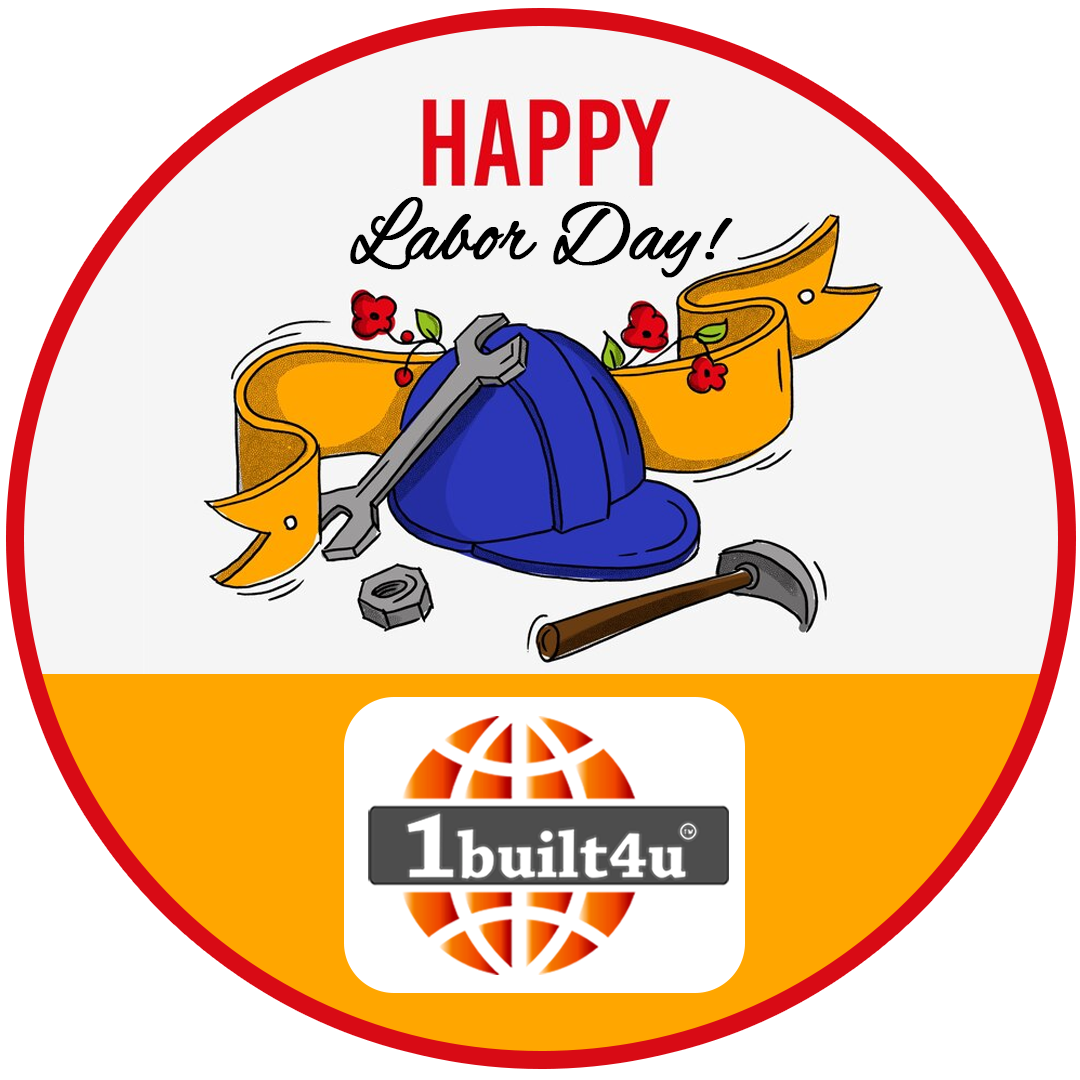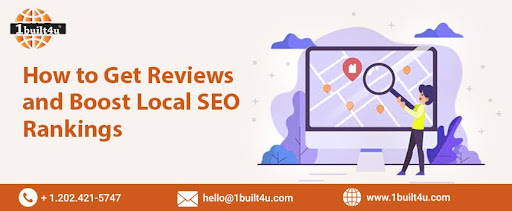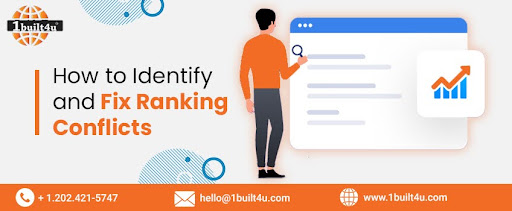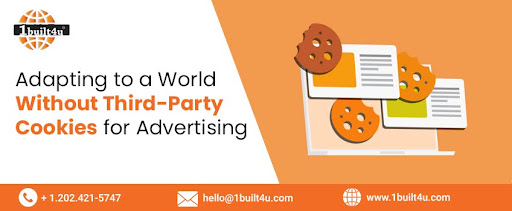
Marketing Opportunities in the Internet of Things (IoT)
The Internet of Things (IoT) is a technological innovation that has affected almost every sector of the global economy, including manufacturing, health, retail, and farming. This means the system comprises devices, sensors, and, at times, software that is linked and send/receive data over the internet. These devices may incorporate home automation systems, wearable gadgets, industrial IoT sensors, and connected automobiles. Although it is widely clear that IoT has a lot of technological conveniences, its influence in the marketing field is becoming equally important. Our Search Engine Marketing Company Ashburn USA, is here to tell you more about it.
As the adoption of IoT by businesses and consumers continues to grow, a world of marketing possibilities unfolds. With IoT, brands gain a deeper understanding of their customers, can measure campaign effectiveness more accurately, and can enhance personalization and customer experiences. In this blog, we'll explore the various marketing opportunities IoT presents, empowering companies to leverage these benefits with confidence.
Value Proposition for Customer Perception
IoT is not just a valuable marketing strategy, it's a game-changer for customer experiences. Today's customers expect personalized offers and services, and IoT is instrumental in delivering these experiences. By leveraging data from smart objects, IoT enhances the delivery of personalized experiences, thereby improving customer satisfaction and brand loyalty.
For instance, smart wristbands monitor information regarding a consumer's everyday activities, health, and other behavioral patterns. Thus, firms can provide more relevant products or even perform advertising campaigns, depending on the analyzed data. If a fitness tracker records a user taking 10,000 steps daily, a sportswear firm can send tailored offers on running shoes or fitness wear. Likewise, smart refrigerators that capture the consumption pattern of food products could time hype or offer groceries based on the customer's consumption pattern.
IoT devices generate large quantities of actual time data which could be used to deliver personalised solutions to customers. Such a level of personalization results in improved customer relations, brand identification, and conversion.
Accurate and Cost-Effective Advertisement Reach
Connected devices harvest large volumes of data, which can be useful to marketers. These can be useful in getting insights into customer behavior, preferences, and requirements. One of the problems with more mainstream research methods like surveys or focus groups is that they will give an inaccurate picture only some of the time. IoT data, on the other hand, provides current and detailed information that is hard to obtain in any other way on how customers are engaging with products and services.
For instance, a smart home's connected thermostat or a security system gives essential insights into consumers' usage. In doing so, marketers can develop capabilities that respond to the concrete actions of users and, therefore, offset more apparent drawbacks of this model. Suppose stats dredged from smart thermostats prove that consumers in an area tweak their heating settings more often during some periods. In that case, marketers can flood the market with energy-saving products/services during such periods.
Optimized Content Delivery
IoT also allows marketers to decide when and where to serve content to the right audience. Primetime TV ads, email promotional offers, or paid social media posts, depending on general assumptions of time, consumers are most likely to be available to receive these messages by any PPC management service in Ashburn, VA. In contrast, IoT allows messages to be sent at the right time based on the real-time data in front of a customer.
For example, if a customer uses a smart coffee maker connected to the internet, a coffee brand could send a marketing message or content special offer or information about new flavors when the coffee maker is being used. The trick is to bring value when the customer interacts with the product at the right time and is most open to suggestions.
Likewise, connected vehicles can be used in an application that involves marketing based on location since it is a critical aspect that vehicle owners would require now and then. Auto-care organizations can send real-time offers about restaurants, fuel stations, or retail shops based on the vehicle's GPS and the driver's choices. Furthermore, content delivery optimization not only enhances customer interaction but also mitigates the problem of ad fatigue since messages are relayed at the right moment.
Product Development
IoT can enable firms to enable real-time information to be used in product design. From customers' use of connected devices, businesses can determine which features are popular, the challenges faced by users, and how these products may be developed.
The results allow investors to design products that enhance customer satisfaction and brand loyalty. More so, IoT reveals new opportunities, thus enabling firms to develop new products and services that meet future market needs.
Hyper Marketing Strategies
This versatility of IoT data means marketers can categorize their consumers in ways previously unimagined. This means that while IoT does not have attributes of age, gender, location, etc, it gives operations behavioral data for such campaigns, thus enabling business people to create microtargeted campaigns.
For example, a firm selling wristbands and smartwatches can divide its target market by individuals engaging in jogging and individuals swimming, then advertise products for one of the groups. IoT data also holds the potential to provide marketers not only with the context of product usage such as where, when, how often, etc., but also with the ability to deliver more targeted campaigns that are well received by specific target audiences.
Location-Based Marketing and Geofencing
Geofencing is a location marketing technique whereby a business sets a virtual boundary, normally with the help of GPS or RFID, to elicit a specific response once the gadget enters a particular geographical region. Geofencing is one of the most useful applications of IoT devices since brands can easily introduce offers and notifications based on the user's proximity to a particular place in real-time.
For instance, a customer with a connected device in his car can get an offer from a restaurant nearby as he drives within the proximity of that restaurant. Retail stores can also use IoT sensors to send messages of "Welcome" or offers each time a particular customer sets foot in the store, depending on previous purchases or preferences. Mobile marketing techniques, such as geofencing, can help attract consumers to the company's physical stores, enhancing customer interactions and sales because clients are willing to purchase when they receive an offer at the proper location and time.
Conclusion
With the increasing prominence and applications of the IoT, companies that take the time to learn about and harness the power of IoT technology will be on the right path to effectively fostering growth and delivering improved value and relevant experiences to stakeholders. For marketers, this big data collection and its analysis from connected devices are perfect as they help marketers create better campaigns that are more effective. That being said, IoT remains a significant force in marketing even as the world enters future phases of IoT advancement. For more information or to avail services of our Content Marketing Services company in Ashburn, Virginia, visit 1built4u.com!





